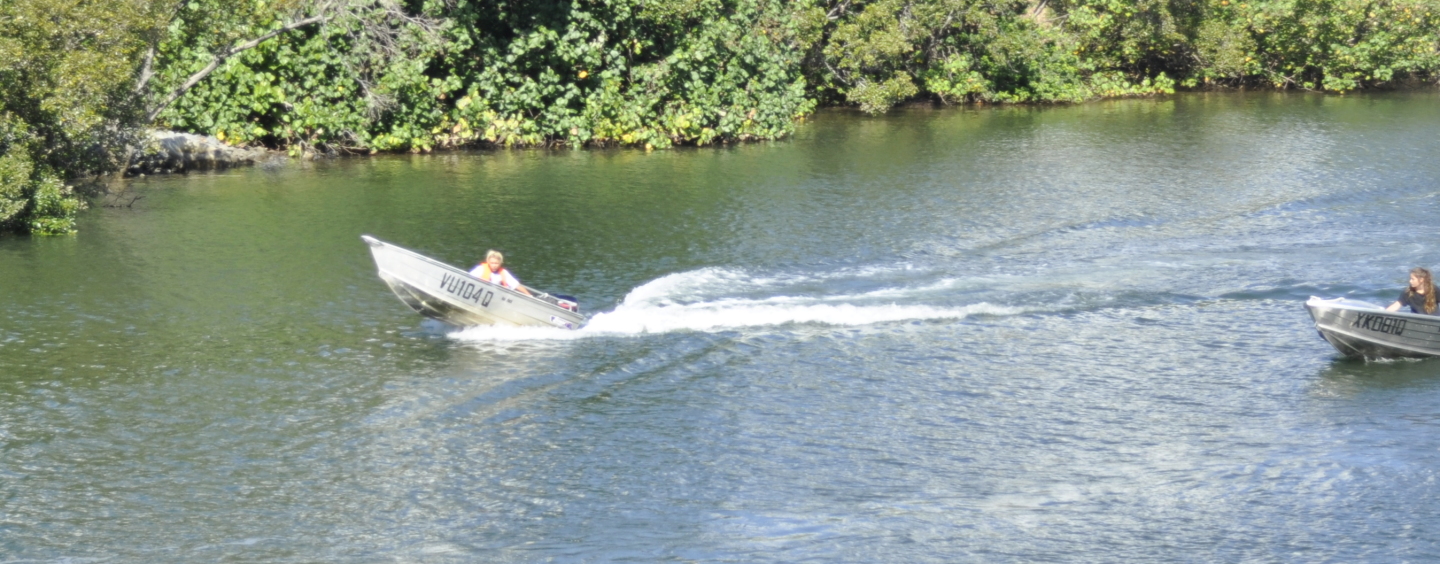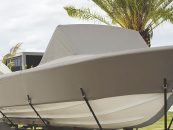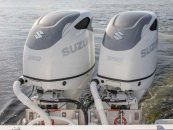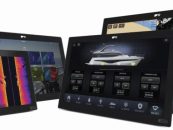There are concerns within the community regarding young people and the way they operate their small tinnies on the Gold Coast waterways, particularly in the canal systems. Reports from the community have raised some serious issues concerning the ‘safe’ operation of small vessels, like a tinnie.
Water Police have a strong presence on the Gold Coast, and are very active in responding to complaints. But of course, they cannot be everywhere at all times. This leads to some boaties, in particular young people, pushing their luck and breaking the law on safe water practices.
There have been recorded incidents of failures in safety while operating a vessel in recent times. An example was in the news story that showed a boy operating a boat colliding into a residential jetty at significant speed. This example highlights exactly what behaviour young people are conducting on the waterways that need addressing. The young lad was lucky to have just come away with a broken arm. His impact with the jetty could have easily been a lot worse.
The young ‘skipper’ had broken several rules, including the most obvious – travelling over six knots. Other possible breaches of the boating rules include:
Rule 5 – Proper Lookout: You must use all available means to lookout (including sight and sound)
Rule 6 – Safe Speed: At all times, you must proceed at a safe speed so as to avoid a collision and be able to stop in an appropriate distance.
And most important is Rule 2, which states that, it is the responsibility of the skipper to know the rules.
At 16 years of age, a person can legally obtain a Recreational Marine Drivers Licence (RMDL) and a Personal Water Craft License (PCWL). Although a boat license is not required for the operation of vessels with an engine of 6hp or less, the unlicensed driver is still obliged to know and adhere to rules.
Parents need to take a positive role and a genuine interest in their kids’ boating experience. Parents should also educate themselves on boating rules and regulations, by taking up a boating education course and by researching online information from Marine Safety Queensland.
Parents should regularly talk with their kids about their boating experiences on the water so they are made aware of what is “going on” and guide their kids’ behaviour should there be any concerns. Talking will keep parents informed of potential safety risks, including current information on busy congested areas, new speed zones, changes of navigation, and temporary commercial operations.
Another good idea is for parents to check the boat regularly with their child. Make up a checklist. Ensure equipment is carried, and the vessel is seaworthy and regularly serviced.
It is also suggested that parents monitor who their kids are associating with. They can then assess whether there is any potential risk of unsafe boating practices, and be able to protect the kids from ‘risky’ behaviours by not allowing them to associate with those who do not practice safe boating.
Talk with other parents of kids who go boating, and inform each other of current behaviour, and encourage them to be safe.
If a person is under 16, he or she must only operate vessels with an engine 6hp or under. In case the engine on the vessel is over 6hp, it can be ‘governed’. Simply take your engine to a qualified engine mechanic for a ‘governor’ to be installed. This will limit the power of the engine. As a parent, you can have peace of mind.
Parents and young skippers, licensed or unlicensed, should remember that, the Transport Operations (Marine Safety) Act 1994 imposes a general safety obligation on all vessel owners and operators, masters and crew to operate vessels safely at all times. This responsibility includes making sure the ship is safe, equipped and maintained, and operated in a safe manner.
Safe boating!
By Capt Michael Paddison
Edited by Andy Kancachian
SAFETY EQUIPMENT
Both young skippers and their parents need to know the safety equipment required to be carried on board their vessels.
The following are required:
- One lifejacket per person aboard the boat; in good condition, easily assessable and the correct type for the area the vessel is operating in; a sticker/label at the lifejacket location is very helpful
- Persons under 12 years of age in a vessel under 4.8 metres must wear a lifejacket at all times.
- All persons are required to wear a lifejacket/PFD 1 while crossing a coastal bar in a vessel under 4.8 metres (i.e. The Seaway, Jumpinpin Bar, Tweed Bar)
- Fire equipment – capable of extinguishing a fire – for boats over 5 metres
It is ‘recommended’ to carry:
- Anchor
- Charts (or Beacon to Beacon guide), and a compass
- Bucket or bailing equipment
- Paddles
- Drinking water
(Feb-Apr2017)



























